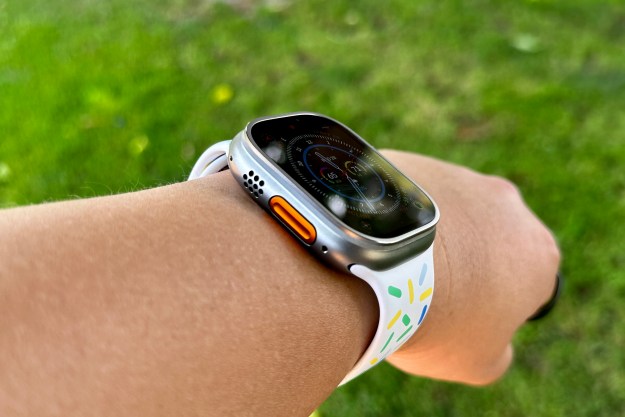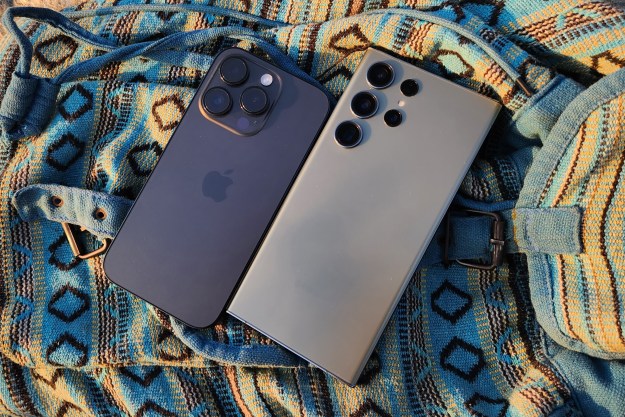The era of the smartwatch is finally here. Well, almost.
According to a new report from IDC, the worldwide wearables market is up by a solid 5.5 percent in the second quarter of 2018. It’s not as big of an increase as some past quarters, but it still shows continued growth in the wearables market — a market that’s largely dominated by Apple.
“Two key forces were at work during the quarter,” said Ramon T. Llamas, wearables research director for IDC. “stronger demand for smart wearables and slower declines in the basic wearables market. Users have come to want more from their wearable devices, and smart watches have met that demand.”
As was to be expected, Apple remained in the top spot when it comes to wearable shipments — something that’s only likely to continue considering the fact that Apple is expected to launch a new line of Apple Watch models, called the Apple Watch Series 4, at its upcoming September 12 event. In terms of market share, Apple held 17 percent, with 3.4 million shipments and a 38.4 percent growth from the second quarter of 2017.
Xiaomi came in second, hot on Apple’s heels with a market share of 15.1 percent. That’s actually not so good for the company, which held the top spot in the second quarter of 2017 with a market share of 13.3 percent — a little more than Apple’s 13 percent at the time.
Fitbit seems to be suffering the worst. While the company commanded a hefty 12.8 percent market share in the second quarter of 2017, in the second quarter of 2018 that market share was down to 9.5 percent — and as Apple and others continue their push into fitness tracking, that downward trend is likely to continue.
While Fitbit fared the worst, Huawei grew the most. The company’s wearable market share grew by a massive 118.1 percent to attain 6.5 percent of the market overall. In general, Huawei seems to be Apple’s biggest threat — recent reports note that Huawei has overtaken Apple as the world’s second-largest smartphone manufacturer, and considering Huawei’s huge growth, it’s certainly possible that could eventually happen in the wearables game, too.
The IDC report also notes which regions are growing the fastest. In particular, it seems like Asia, Latin America, Eastern Europe, and Africa are growing faster than North America and Western Europe. It will be interesting to see if that changes over the next few years as wearables become increasingly common.
Editors' Recommendations
- Apple Watch X: The 9 biggest things I want to see
- The most innovative smartwatches and wearables of 2023
- Subscriptions are quickly ruining fitness trackers
- Wearing this smartwatch again reminded me why it’s still the best you can get
- I finally got an Apple Watch Ultra. Here are 3 ways it surprised me


